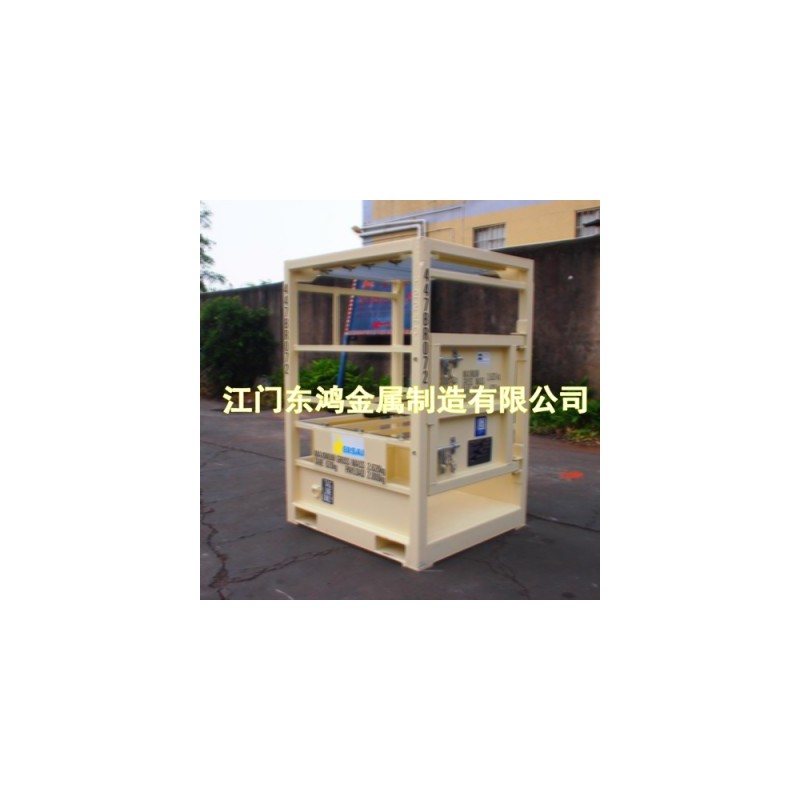
LOCATION : HOME ? NEWS ? Entertainment
Entertainment
What is the advantage of container shipping?
1. High-efficiency transportation mode
The high economic efficiency of container transportation is mainly reflected in the following aspects:
1) Simplify packaging and save a lot of packaging costs. In order to avoid damage to the goods during transport, there must be a strong package, and the container is strong and sealed, which is an excellent package in itself. The use of containers can simplify packaging, and some even do not need to be packaged, so that the groceries can be transported without packaging, which can greatly save packaging costs.
2) Reduce cargo damage and improve cargo quality. Since the container is a rigidly sealed box, the container itself is a sturdy package. After the goods are packed and sealed, there is no need to unpack and reload on the way. Once the ticket is in the end, even after long-distance transportation or multiple replacements, it is not easy to damage the goods in the box. Container movement can reduce the damage and spread caused by theft, damp, fouling, etc. It is very popular among shippers and shipping companies, and it reduces the waste of social wealth due to the reduction of cargo damage rate. Social benefits.
3) Reduce operating expenses and reduce transportation costs. Since the loading and unloading of containers is basically not affected by bad weather, the non-productive berthing time of ships is shortened, and the loading and unloading time is high, and the loading and unloading time is shortened. For the shipping company, the navigation can be improved. Rate, reduce ship transportation costs, for ports, can improve berth capacity, thereby increasing throughput and increasing revenue.
2, efficient transportation
The traditional mode of transportation has many shortcomings such as many loading and unloading links, high labor intensity, low loading and unloading efficiency, and slow ship turnover. Container shipping has completely changed this situation.
1) General cargo ship loading and unloading, generally about 35t per hour, and container loading and unloading, up to 400t per hour, the loading and unloading efficiency is greatly improved. At the same time, due to the high degree of mechanization of container handling, the number of loading and unloading workers required per shift is small, and the average labor productivity of each worker is greatly increased.
2) Due to the high efficiency of container loading and unloading, due to the small impact of the climate, the ship's residence time in the port is greatly shortened, so the ship's voyage time is shortened, the ship's turnover is accelerated, the sailing rate is greatly improved, and the ship's production efficiency is increased, thus improving the ship's transportation. Capacity, without increasing the number of ships, can complete more traffic and increase the income of the shipping company, so high efficiency leads to high efficiency.
3. High investment mode of transportation
Although container transportation is an efficient transportation method, it is also a highly capital-intensive industry.
1) Shipping companies must make huge investments in ships and containers. According to relevant information, the cost per cubic foot of container ships is about 3.7 to 4 times that of ordinary cargo ships. The investment in containers is quite large, and the high investment required for container transportation makes the fixed cost of the shipping company's total cost account for a considerable proportion, up to more than two-thirds.
2) The investment in ports in container transportation is also quite large. Terminal facilities for special container berths include dock shorelines and frontiers, freight yards, freight stations, maintenance workshops, control towers, concierges, and container handling machinery, which are costly.
3) In order to carry out multi-modal container transportation, it is necessary to have corresponding internal facilities and inland freight stations. In order to support construction, it is necessary to construct, expand, renovate and update existing roads, railways, bridges and culverts. It is difficult to achieve containerization without sufficient funds for container transportation. It must be carried out according to the strength of the country and finally achieve containerization.
4. Highly coordinated transportation mode
Container transportation involves a wide range, many links and great influence, and it is a complicated transportation system project. The container transportation system includes maritime transport, land transport, air transport, ports, freight stations, and customs and commodity inspection, shipping agency companies, freight forwarding companies and other units and departments related to container transportation. If they do not cooperate properly, it will affect the function of the entire transportation system. If a certain link is mistaken, it will definitely affect the overall situation, and even lead to the suspension and interruption of transportation production. Therefore, it is required to do a good job of high-level cooperation among all links and departments of the entire transportation system.
5, suitable for organizing multimodal transport
Since the container transportation is changed between different transportation modes, it is not necessary to carry the goods in the box and only need to change the container, which improves the efficiency of the reloading operation and is suitable for joint transportation between different transportation modes. During the transshipment and transshipment, the Customs and relevant regulatory authorities only need to seal or seal the customs clearance and release, thus improving the transportation efficiency.
In addition, because international container transportation and multimodal transport are a capital-intensive, technology-intensive and highly demanding industry, it is a complex transportation system project, which requires managers, technicians, and business personnel to have higher quality. In order to be able to do the job well, we can give full play to the superiority of international container transportation.
